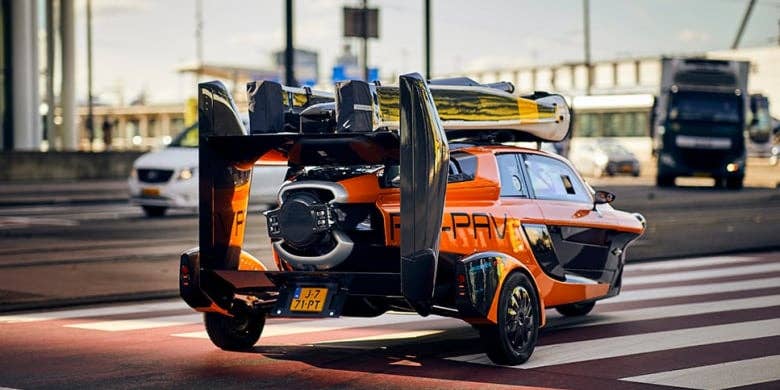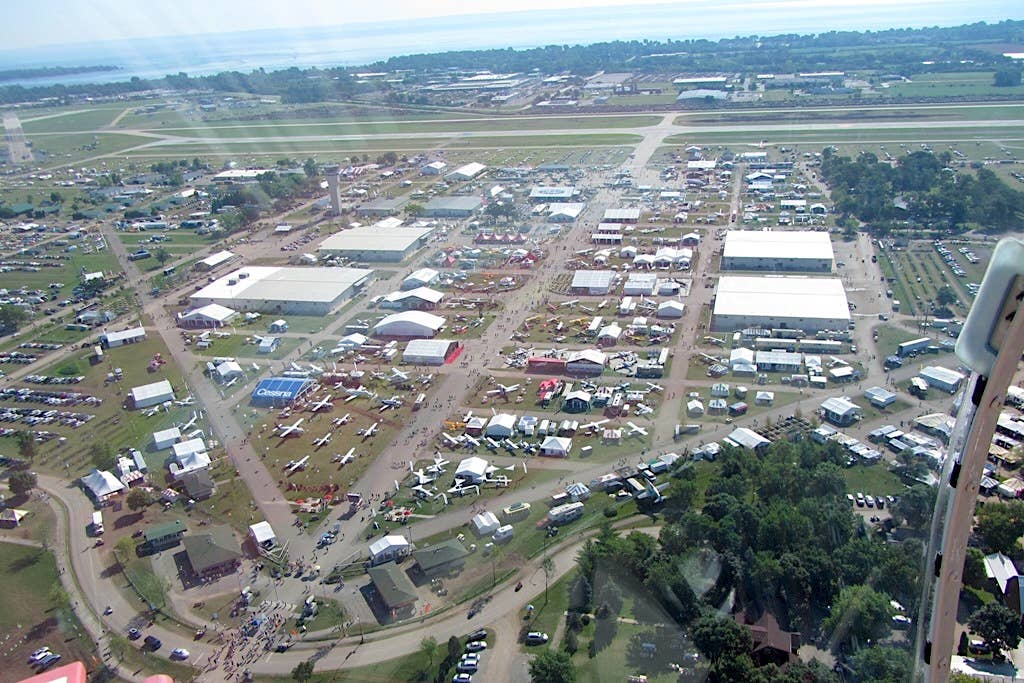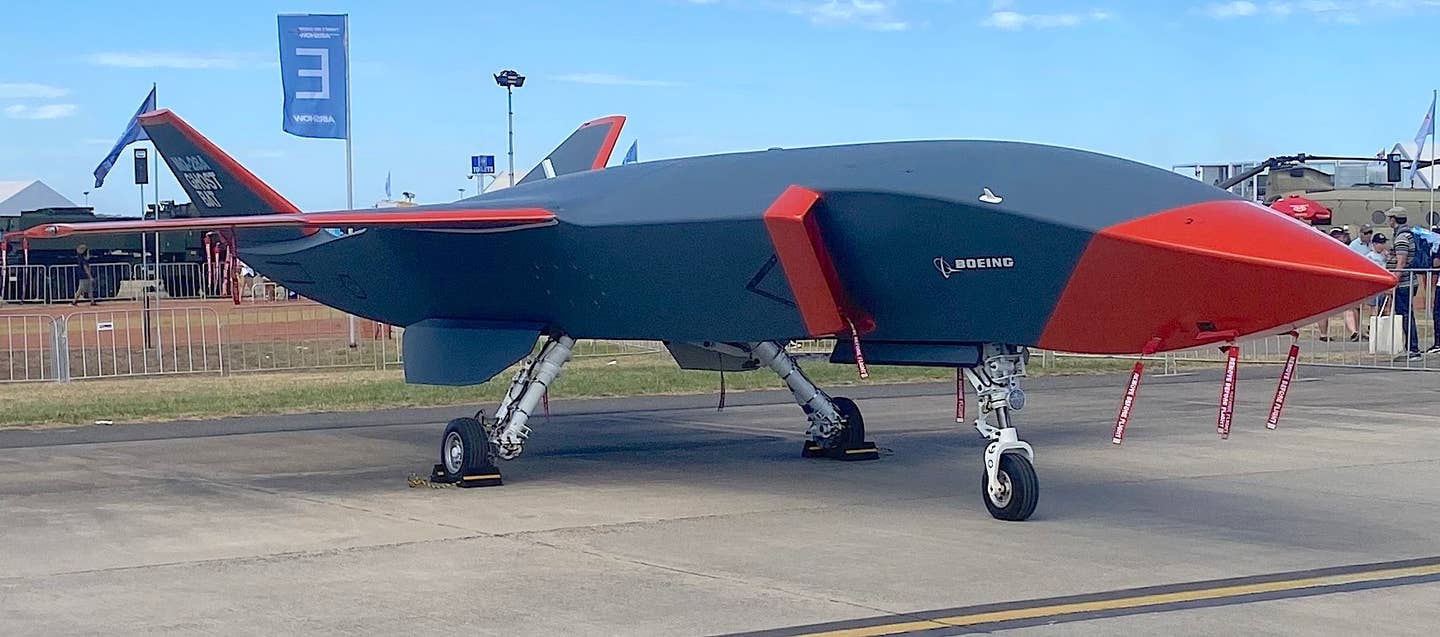PAL-V Flying Car Passes Road Tests
PAL-V’s Liberty flying car design has passed its European road admission tests and is now street legal, according to an announcement from the company on Wednesday. Road testing of the…

Image: PAL-V
PAL-V’s Liberty flying car design has passed its European road admission tests and is now street legal, according to an announcement from the company on Wednesday. Road testing of the drivable gyroplane has been underway since February 2020. PAL-V, which is based in the Netherlands, has also been working on European Aviation Safety Agency (EASA) certification for the vehicle since 2015.
“It was very challenging to make a 'folded aircraft' pass all road admission tests,” said PAL-V CTO Mike Stekelenburg. “For me, the trick in successfully making flying car is to ensure that the design complies with both air and road regulations. I feel the energy and motivation in our team to push hard for the last few milestones and get the Liberty certified for flying too.”
PAL-V expects the Liberty’s EASA certification to be finalized by 2022. In the air, the two-seat gyroplane has a maximum speed of 180 km/h (97 knots), useful load of 246 kilograms (542 pounds) and range of 500 kilometers (270 NM). On the ground, it has a top speed of 160 km/h (100 MPH) and range of 1,315 kilometers (817 miles). It is powered by two Rotax 912iS engines. As previously reported by AVweb, the production version of the Liberty was unveiled at Switzerland’s the Geneva Motor Show in March 2018.






